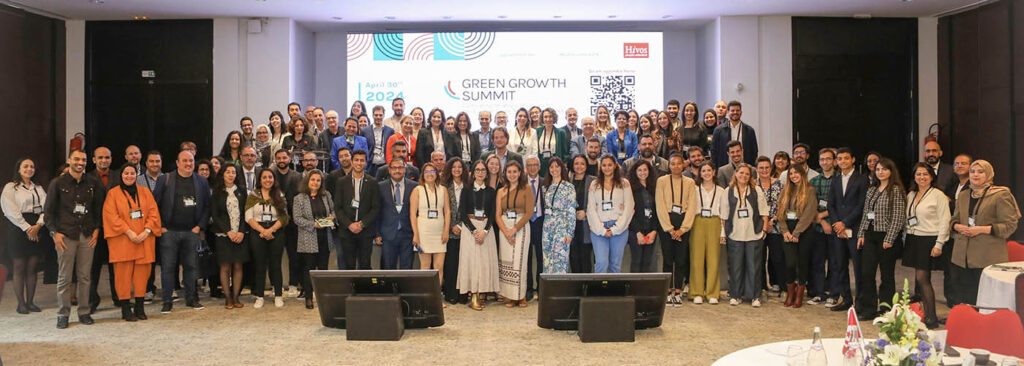Open-air markets are a crucial link in the access to healthy food for many in Uganda and Kenya. Consumers and small- scale traders are under threat as governments restrict public gatherings in the face of COVID-19. In East Africa, open-air markets are important places that tens of thousands of consumers and small-scale traders are reliant on for their daily sustenance in food access and income.
Economic activities in both countries have been seriously disrupted as a result of restrictions that have been imposed on movement and trade to limit the transmission of COVID-19. While such actions may become essential to combat the pandemic, creating alternatives for people will be more important.
In Kenya, several county governments have ordered the closure of open-air markets and other social facilities. In counties where markets are still open, business transactions have significantly dropped with implications such as high fare charges in public transport and maintaining the social distancing principle. Kongowea market’s shut, (the largest in Mombasa County) has become the latest example of the urgent measures to curb the spread of COVID-19. In Uganda, markets were turned upside down and street vendors were flogged and brutalized by police in an attempt to enforce the presidential directives of restricting public gatherings.
Efforts to close open-air markets for public health reasons will inhibit people’s ability to access food as well as limiting the livelihoods of small-scale traders, with severe implications on their food security. With their gradual shut down due to the rising lockdowns, not only will citizens find it difficult to provide food for their families, but many small-scale traders will go out of business making the food system even more delicate as we get through this pandemic.
In Sub-Saharan Africa, open-air markets provide the most affordable and accessible source of food for low-income earners. Food security during this period means food availability and food access and it’s paramount that this is taken into consideration as food and nutrition challenges become imminent at this time.
Stocking-up isn’t possible for many
It is estimated by Nation Newsplex that for every $1 that a Kenyan spends, 45 per cent goes to food and drinks.
While we commend the government on lowering VAT on all consumable goods; the idea that many people can stock up on food and other basic needs to last weeks isn’t realistic because most low-income citizens depend on daily wages. With the pandemic rising and preventive measures such as social distancing growing, these kinds of jobs are slowly diminishing leaving thousands with low or no income.
Citizens may also face a loss of purchasing power which could easily change people’s eating patterns, resulting in poorer nutrition and inaccessibility to dietary diversity. Panic purchases of food as those recently witnessed in many countries around the world could break the supply chain and cause localised price hikes. In Kenya, for example, a bucket of potatoes was Ksh 400 ($4) two weeks ago; currently, the price has doubled selling at Ksh 800 ($8). Increased food prices curtail households’ access to food, forcing them to activate coping mechanisms ranging from switching to cheaper, less nutritious foods, to reducing their consumption and/or going entire days without food.
Many people in urban and semi-urban areas already struggle to get healthy food. It’s easy to criticise if you are not a casual labourer and your work allows you to work from home with a paycheque guaranteed, but those who have to fend for daily income to feed themselves and their families are on the brink of a food crisis that may persist beyond COVID-19.
The substantial contribution of the informal food sector in meeting the food and dietary needs of the low-income urban food consumers cannot be overlooked at a time like this.
If mismanaged, we could easily see this public health crisis turn into a food security crisis, and put at risk far more lives than the disease itself.
Informal food sector
The major source of farm produce for the markets is from upcountry, and with the curfew, supplies are dwindling by the day.
During this period, the open markets, mama mbogas and local shops around food provision will be one of the most critical places to provide food availability and accessibility to local communities and the vulnerable.
Imminent measures should be quick to come up with urgent directives that don’t limit food access, minimize handling of cash or products and promote hygiene in local markets to limit the spread of COVID-19.
Just as it is important to prevent the spread of COVID-19, governments should address the food and nutrition needs of its citizenry. Governments can ensure this by setting a price threshold on basic items that form important parts of the local diets.
Closing open-air markets doesn’t make it safer; it harms the thousands of consumers who rely on the markets to provide them with fresh, affordable and healthy food.




